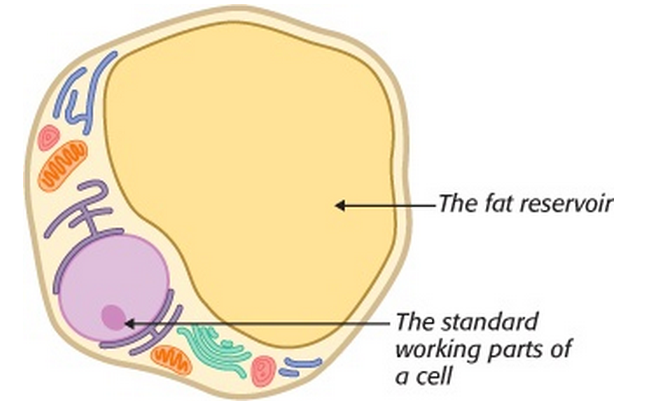Stomach bug makes food yield more calories
Mice with a hefty dose of a certain gut bacteria are fatter.
by Helen Pearson, May 26, 2006
[email protected]
Scientists have identified a key microbe in our guts that helps us glean more calories from food. The discovery backs the idea that the type of microbes in our gut help to determine how much weight we gain, and that seeding the intestine with particular bugs could help fight obesity…
The researchers took mice that had been grown in a sterile environment, with no microbes in their guts, and injected them with a very common strain of human intestinal bacteria, called Bacteroides thetaiotaomicron. Some of the mice also received a dose of of M. smithii.
About 100 times more microorganisms took up residence in the colon of mice injected with both B. theta and M. smithii than in those injected with B. theta alone. This suggests that the presence of waste-removing M. smithii was somehow helping other bacteria to thrive. “There’s something cool going on,” Buck says.
When both microbes were present, B. theta boosted the activity of genes involved in breaking down and metabolizing fructans a food component common in onions, wheat and asparagus that the human gut cannot digest by itself. B. theta converted the fructans into fatty acids, some of which were taken up by the mouse gut and either used as fuel or stored as fat.
In humans, around 10% of our calories come from such microbe-manufactured fatty acids. After a few weeks, mice with both types of microbe had approximately 40% more of a particular fatty acid called acetate in their blood, and carried 15% more fat.
[trx_button type=”square” style=”filled” size=”small” align=”left” link=”https://www.frequencyfoundation.com/product/fat-buster/” popup=”no” top=”inherit” bottom=”inherit” left=”inherit” right=”inherit”]FatBuster Frequencies[/trx_button]





